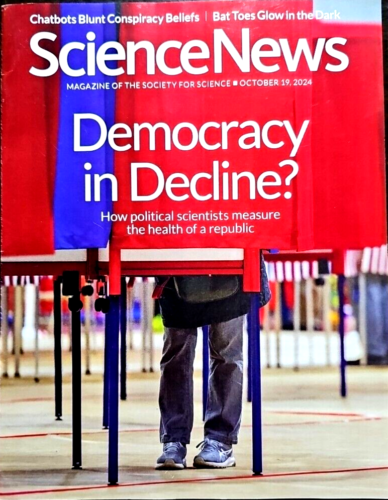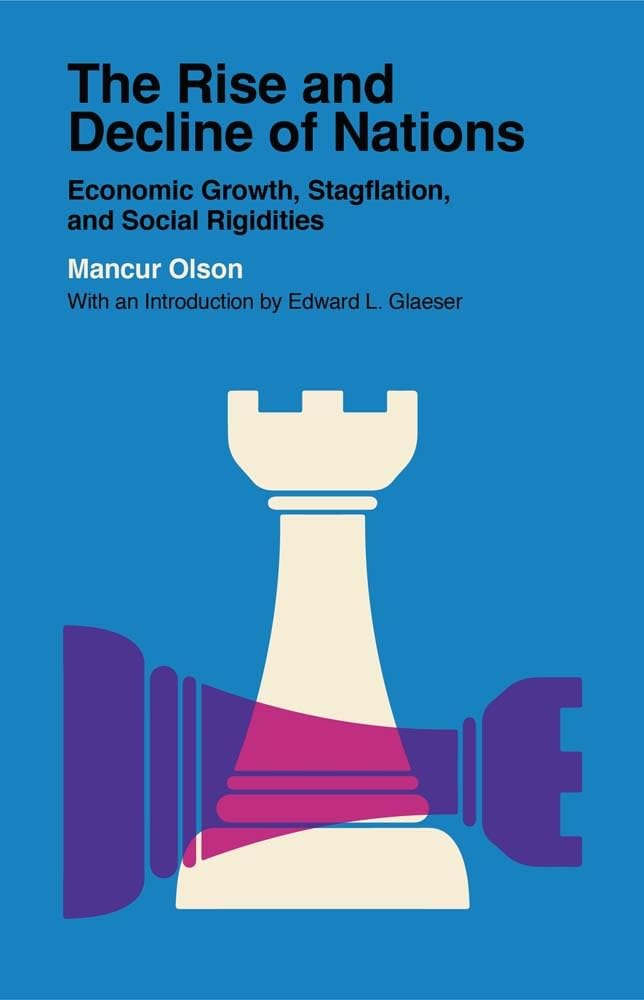
At Sonoma State University, lower enrollment is worsening financial cutbacks.
Credit: Ally Valiente / EdSource
When Kaitlin Anderson committed to play golf for Sonoma State University, she posed proudly in a Seawolves sweatshirt. But last week, school officials announced that they plan to end all NCAA sports next year, part of a bid to balance the school’s budget amid sliding enrollment and anticipated cuts to state funding. Anderson, a business marketing major from Peoria, Arizona, now is thinking that she might leave the campus.
“I will not be coming back here” if the golf program is eliminated, said Anderson, a first-year student. “I think this school will not do well after doing all this because half the reason we have so many people is because of athletics.”
Sonoma State, one of the 23 campuses in the California State University (CSU) system, is perhaps the most extreme example of how public universities in the state are tightening their belts in the wake of Gov. Gavin Newsom’s January budget proposal and troubling enrollment drops at some campuses. The governor’s plan calls for a nearly 8% reduction in state funding in 2025-26 for both CSU and the University of California (UC), while also deferring previously promised budget increases of 5% until 2027-28.
The governor’s proposal is not final, and later revisions could paint a rosier financial picture for higher education. But CSU leaders have warned that the plan, if implemented, could result in fewer course sections and larger class sizes, along with some cuts in student services.
Sonoma State has been taking in less money from tuition and fees as its student body has shrunk 39% over the past decade due to changes in local demographics and some continuing fallout from wildfires in the region. In addition to the sports closures, it is also planning to close six academic departments and eliminate two dozen majors in an effort to plug a nearly $24 million budget deficit.
Several other CSU campuses are warning about possible impacts of the governor’s proposal. Stanislaus State, which serves more than 9,000 students in the San Joaquin Valley, could face a $20 million deficit after accounting for the January budget proposal, a Jan. 22 email from the president’s office said. Sacramento State, with a student body of more than 30,000, anticipates making a $45 million one-time cut. CSU Channel Islands officials have outlined plans to permanently reduce the Ventura County campus’s budget by $17 million in recurring expenses in 2025-26, saying that expenses per-student exceed the state average by thousands of dollars.
Reduced state support could be missed most at schools like Sonoma State, one of 11 CSU campuses where enrollment has dropped over the last decade, reducing revenue from tuition and fees. Enrollment this fall was also a mixed bag, rising year-over-year at 15 CSU campuses and falling at eight.
At the Sonoma State campus in Rohnert Park, students responded to the news about the end to NCAA Division II intercollegiate sports and academic cuts with a mixture of anger and disbelief. A video published by the Press Democrat newspaper in nearby Santa Rosa shows an emotionally charged town hall meeting among student-athletes, coaches and university leaders. “So you think that we’re easily replaceable?” one attendee asked interim President Emily Cutrer. (“No, that’s not what I was saying,” she replied.) As tensions escalated, students erupted into bitter laughter and shouted interjections. “Do we get our money back for the semester?” one student asked, prompting applause.
A group called Save Seawolves Athletics has filed a federal civil rights complaint arguing that Sonoma State’s plan to end the school’s NCAA Division II athletics program will impact minority students disproportionately, spokesperson and assistant men’s soccer coach Benjamin Ziemer said. The group is also considering filing a lawsuit.
Signs of belt-tightening were also common this fall at San Francisco State, where enrollment is down 26% over the decade. Students and faculty members in December protested academic job cuts by staging a mock funeral march. Earlier in the fall, the university’s J. Paul Leonard Library announced that it expects to trim its budget 30% over the next two years, reducing its spending on resources like books and journals. The university offered 443 fewer course sections in fall 2024 than in fall 2023, a decline of nearly 11%, according to university data. President Lynn Mahoney said in a December message to the campus that the school is planning for “significant reductions in the 2025-26 budget” totaling about $25 million.
Leaders at California State University, Dominguez Hills — where enrollment has fallen a slighter 3% since 2015, but 20% from its peak in fall 2020 — have already whittled $19 million from the school’s base budget since the 2023-24 school year. If state funding is slashed in 2025-26, campus officials have outlined plans to shave another $12 million, and have contemplated reducing the number of course sections, among other things.
“I don’t want to cut out Psych 101, but if we have a thousand less students here, then maybe I don’t need 20 sections of Psych 101; maybe I only need 12,” President Thomas A. Parham said at a Nov. 7 budget town hall. “What we are trying to do is reduce the number of sections and, in some cases, fill those higher, so that instead of 15 students there might be 25 in them. But we are still trying to keep the academic integrity intact, even as we work smarter around the limited resources we have.”
Some faculty and students at Dominguez Hills are worried. Elenna Hernandez, a double major in sociology and Chicano studies entering the last semester of her senior year, said the tighter finances have been evident at La Casita, a Latino cultural center where she works on campus. She said La Casita, which receives campus funding, isn’t staying open as late as it has in the past and received less funding for its Day of the Dead celebration. The center is important to her because it runs workshops where students can learn about Latino history and culture.
“A lot of students don’t have access to this education,” she said, noting that more than 60% of the student body is Latino. “The classroom doesn’t teach it, necessarily, unless you’re in an ethnic studies class.”
Stanislaus State University President Britt Rios-Ellis said last week in an email to the campus that the university is considering several ways to balance its budget, including reducing the number of courses and looking to save money on utility costs.
Miranda Gonzalez, a fourth-year business administration major at Stanislaus State and president of the school’s Associated Students student government organization, said she initially was surprised that CSU would need to trim its budget at all in light of a decision to increase tuition 6% each year starting this past fall and ending in the 2028-29 school year. Full-time undergraduate students currently pay $6,084 for the academic year, plus an additional $420 per semester if they are from out of state.
“It was kind of a shock that the CSU was going to be cutting their budget when they just raised tuition as well,” she said, adding that lawmakers and campus leaders should remember that any reduction “ultimately impacts the lives of our students, faculty and staff.”
State funding is not the only source of revenue for the CSU and UC systems, which also get money from student tuition and fees, the federal government and other sources like housing, parking and philanthropies.
The revenue picture is not gloomy at every Cal State campus.
Cal State Fullerton, which has the largest student body in the system, saw enrollment grow 4% to roughly 43,000 students between 2023 and 2024. The steady growth provides the campus with a revenue cushion that has potentially saved jobs, campus President Ronald S. Rochon said.
“We are at a record enrollment, and because of the enrollment, we continue to have the kind of revenue to keep our lights on, people employed and our campus moving forward,” Rochon said in a Nov. 7 presentation to the university’s Academic Senate. “This is something that we all should be taking very, very seriously. We should not rest on our laurels with regard to where we are with enrollment.”
The California Faculty Association, which represents CSU employees including tenure-track faculty, lecturers and librarians, argued last spring that the university system should tap its financial reserves to balance shortfalls. CSU officials, however, say that reserves leave them only enough money to cover 34 days of operations systemwide.
UC’s fiscal outlook is less dire. Enrollment is stable across its 10 campuses and is even increasing at several. Some campuses, like UC Berkeley, may not have to make cuts at all to department budgets. A Berkeley spokesperson cited increased revenues from investments and noted that Berkeley will benefit from a systemwide 10% tuition hike for out-of-state students that kicks in this year. Berkeley enrolls about 3,300 undergraduates from other states and another 3,200 international students.
Other campuses, however, likely would have to make cuts under Newsom’s proposed budget, including to core academic services. The system as a whole faces a potential $504 million budget hole, due to the possible drop in state funding paired with rising costs. “I think this budget challenge does require us to focus more on some campus budgets than we have perhaps traditionally,” Michael Cohen, who chairs the finance committee of UC’s board of regents, said at a meeting last week.
UC Riverside has already saved some money on salaries because of retirements and other employee turnover, said Gerry Bomotti, vice chancellor for budget and planning at the campus. Still, the campus could face a deficit next year because of increasing compensation costs on top of possible cuts in state funding. Bomotti said the campus will try to minimize any harm to academic units if reductions are needed.
“Our priority obviously is serving students and supporting our faculty and our enrollment. We tend to always give that priority,” he said.
California’s 116 community colleges, which enrolled more than 1.4 million students as of fall 2023, could face a more favorable 2025-26 budget year than the state’s two university systems. The colleges would get about $230 million in new general funding through Proposition 98, the formula used to allocate money from California’s general fund to K-12 schools and community colleges.
By some measures, the past decade has seen more state and local dollars flowing into California’s public colleges and universities. State and local spending on higher education in California has been at a historic high in recent years on a per-student basis, hitting $14,622 per full-time equivalent student in 2023, up from $10,026 in 2014, according to an analysis by the State Higher Education Executive Officers Association, which takes into account funding for both two-year and four-year institutions. Looking at four-year schools alone, the association calculated that California spent $3,500 more per student than the U.S. average in 2023. Living costs and salaries, however, are often higher in California than in many other states.
Marc Duran, a member of the EdSource California Student Journalism Corps, contributed to this story.
This article has been updated with the correct spelling of Kaitlin Anderson’s last name and to clarify her plans if the golf program is eliminated.
The California State University system is facing tough decisions as budget problems and a decline in enrollment are putting pressure on the institution. With a potential decrease in funding, the CSU system is preparing for possible cuts in classes and sports programs.
The decrease in enrollment has been attributed to various factors, including the ongoing COVID-19 pandemic and a shift towards online learning. This has resulted in a loss of revenue for the CSU system, prompting officials to consider reducing the number of classes offered and potentially cutting some sports programs.
These potential cuts could have a significant impact on students, faculty, and staff within the CSU system. Students may face challenges in completing their degrees on time, while faculty and staff may face job insecurity due to budget constraints.
Despite these challenges, the CSU system is working to find solutions to maintain the quality of education and programs offered to students. Officials are exploring alternative sources of funding and implementing cost-saving measures to mitigate the impact of potential cuts.
As the situation continues to evolve, students, faculty, and staff are encouraged to stay informed and engaged in the decision-making process. Collaboration and communication will be key in navigating these uncertain times and ensuring the continued success of the CSU system.
Tags:
Cal State system, budget cuts, enrollment decline, classes, sports, higher education, California, university system, budget crisis, academic programs, student athletes, campus resources
#Cal #State #system #braces #cuts #classes #sports #due #budget #problems #enrollment #decline








